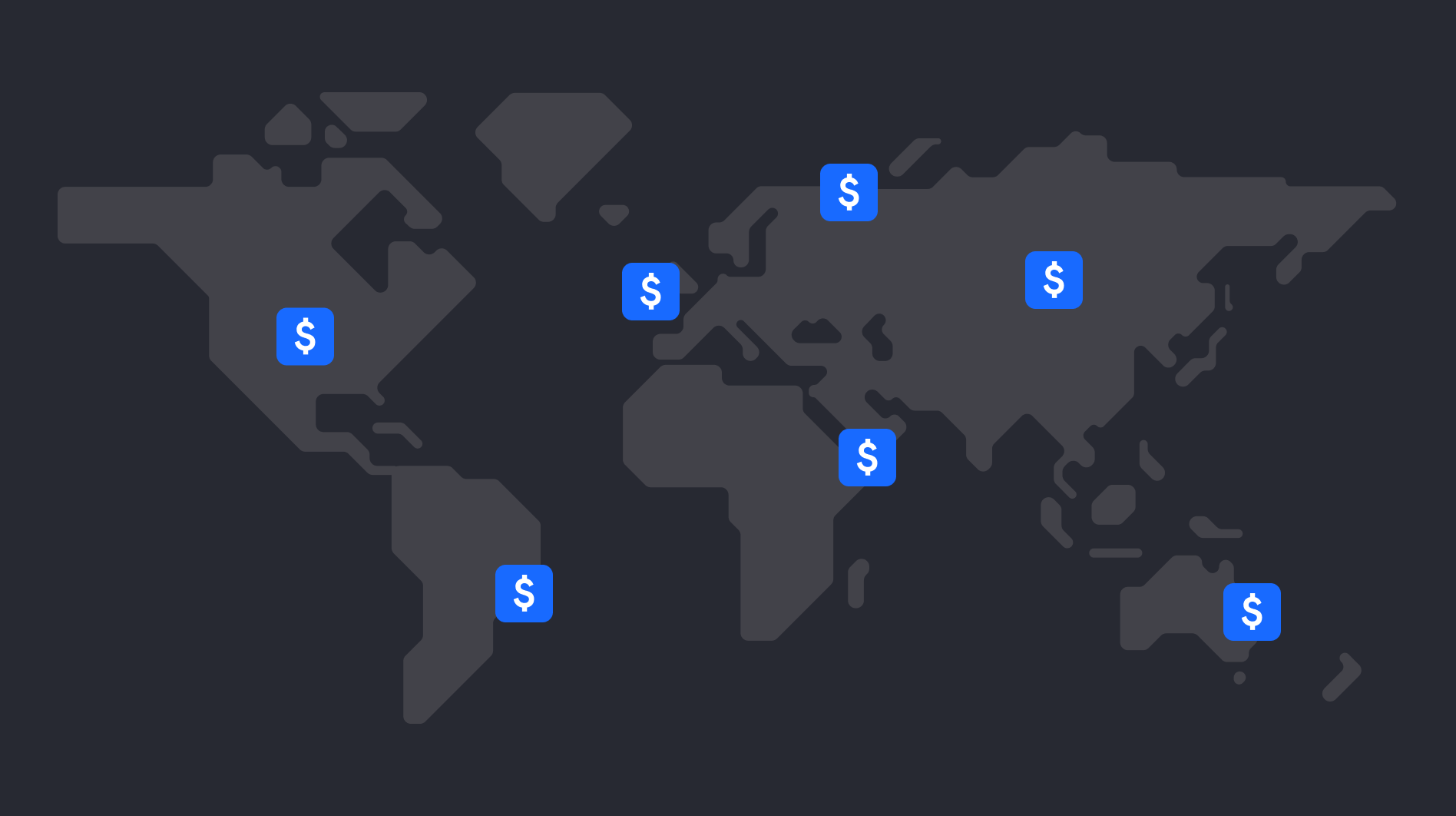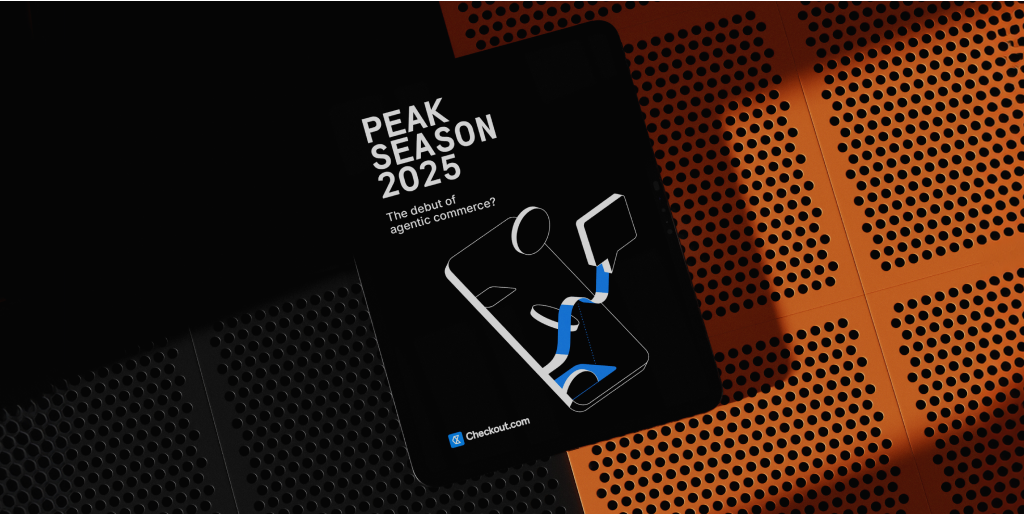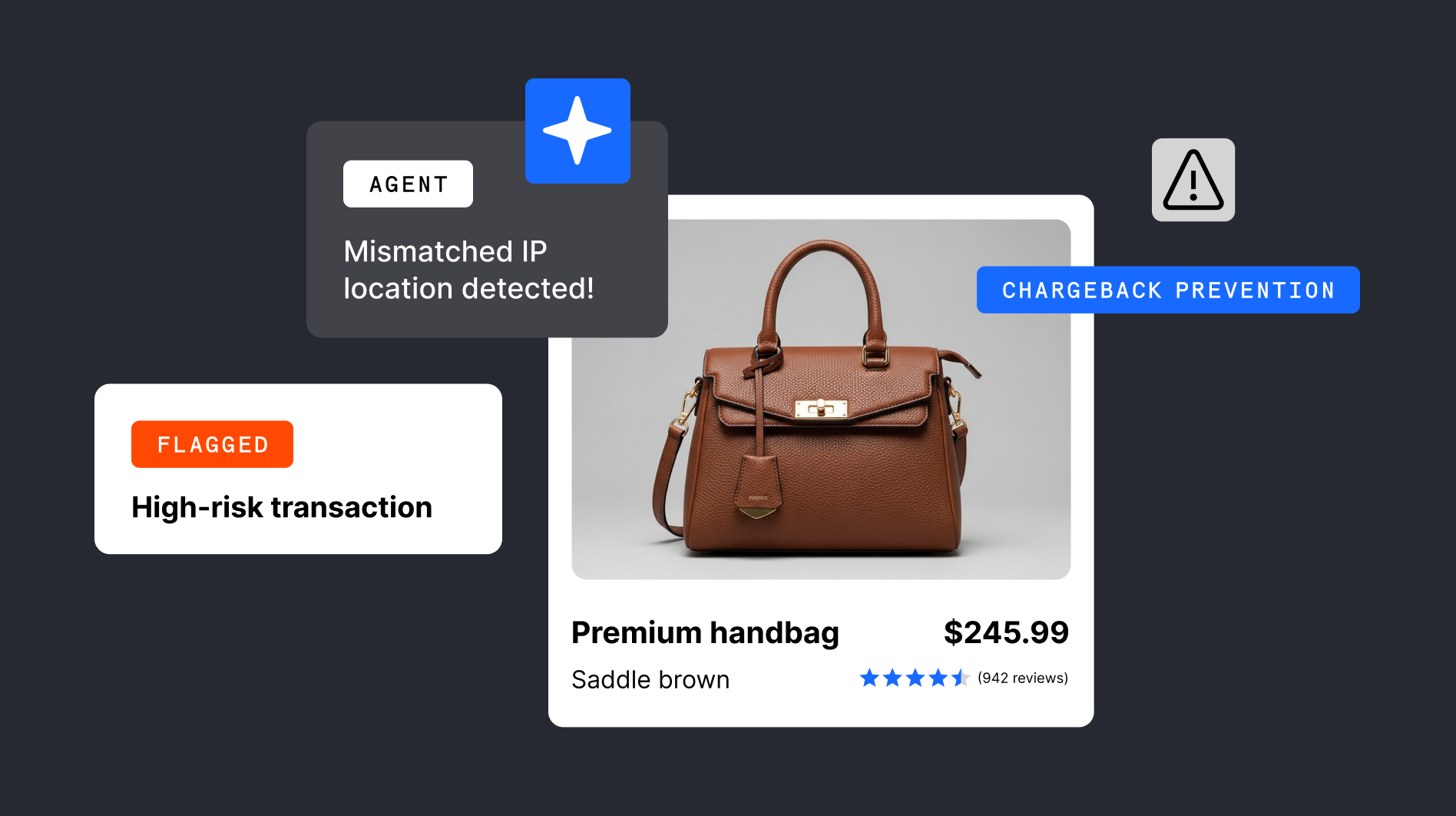Like many in the industry today, Andres caught a curiosity for payments “by accident”. Yet, he’s always had an interest in global systems of trade. Originally from Sonora, Mexico, Andres earned a Double Masters Degree in International Business from ESCP-EAP Business School in Madrid and EGADE Business School in Monterrey, Mexico. Taking on internships in Bancomext, a Mexican development bank focused on facilitating and promoting Mexico's foreign trade and investment, Andres pictured himself pursuing this passion for the long-run.
Then, as part of his MBA rotational program, he took the opportunity to work for Banamex (now known as Citibanamex) in Mexico City. Impressed at his work ethic, Banamex offered Andres a full-time role selling cash banking solutions to small and medium businesses in Guadalajara. Enticed by the opportunity to pursue an exciting opportunity in a beautiful city, Andres entered the world of banking.
Courage, confidence, and cash management
A little less than 18 months into the role, Andres was promoted to product manager of cash management and moved back to Mexico City. At that point, he began to manage acquiring, which was newly passed to the small business area of the bank. “For some reason, it lands on my lap and was a mess,” Andres laughs. “Nobody knew what to do with it, so I got really into it to understand what was going on.”
Andres built up relationships with card brands Visa and Mastercard, while deepening his knowledge of merchant needs. “That’s how I started to understand the payments industry, it was really interesting.”
Three years later, Mastercard invited Andres to support their premium credit card business in Mexico and Central America. Eager for the chance to work with one of the world’s largest payment networks, Andres gratefully accepted and started his journey at Mastercard
Moving to Mastercard
Less than five years into his career, Andres found himself in the specialized area of payments. As Product Manager of Consumer Credit and Debit, Andres soon realized he’d need to build connections with more seasoned colleagues if he wanted to succeed.
“I entered a very niche and particular business, so I was always listening and asking as many questions as I could. I think curiosity and just the excitement of being surrounded by subject matter experts was what kept driving me to learn.”
Today, this is Andres’s best advice for anyone looking to become a leader in the payments industry: stay curious.
Together with his team at Mastercard, Andres launched a breadth of products, including premium consumer credit cards alongside new value propositions for the consumer market. He worked with the major banks of Mexico and Central America, and created banking solutions for BBVA México (then known as Bancomer). “People in the industry started noticing us because we created a lot of good stuff with a very good value proposition.”
Having successfully managed a roster of new cards in Mexico and Central America, Andres landed a promotion to Product/Market Leader, Business Intelligence Solutions – a role that took him to Mastercard’s Global headquarters in New York. There, Andres developed a data product for merchants to understand their customers better by cross-referencing multiple sources of authoritative information. This time, his solution was scaled globally.
Introducing new BIN numbers
Andres worked hard at Mastercard, earning a promotion to Director of Product Development and Innovation in 2016, his fifth year since joining the card brand.
Wasting no time, Andres led the implementation of the new 2-series BIN and 8-digit BIN. “It was a very transformational change within the industry. [A primary account number from] Mastercard starts with a five, Amex with a three, Visa with a four, and we introduced a new number, so Mastercard would also start with a two.”
Taking the time to project manage market research and gather feedback, Andres described the project as “eye opening”. He gained a thorough understanding of all parties in the payments ecosystem, including the roles and concerns of the processors and merchants as well as the acquirers and issuers.
“We needed to understand what the impacts would be for them. At first there was resistance because for many of them it was a big change for their legacy platforms. But eventually they understood that this was best for their business.”
Building perk-filled payment platforms for the gig economy
Leading product development, Andres focused on digital payments implementation. This meant expanding his experience on a range of payment types, such as ACH, QR code, and tokenization. Andres never lost his focus on the customer: always mindful of the experience of the payment product user. It’s a mindset he gained from working directly with merchants at the start of his career.
“We were listening to our consumers, focusing on how to make it easier for gig economy platforms to engage with their workers in a way they could both benefit.” Andres launched payment products for various rideshare apps, food delivery apps, and similar, with convenient features for gig workers such as instant card issuance for immediate access to funds.
Additional perks such as pharmacy discounts added to the relationship between workers and work providers. “It also keeps them loyal to their platform which is what the business wants at the end of the day.”
Kindness combined with innovation
Andres is particularly inspired by Ajay Banga former Mastercard CEO and current president of the World Bank Group, who also joined Mastercard from Citigroup. Describing Banga as “very smart but kind,” Andres joined Mastercard a year after Banga was promoted to President and CEO.
The Mastercard principle of “doing well by doing good” resonates with Andres. So when it came to Mastercard’s sponsorship of New York City Pride in 2019, Andres saw an opportunity. “As part of the LGBTQ+ community, I was thinking, how can we support this community?”
He realized that transgender people faced obstacles in payments because it’s extremely difficult to get a payment card which reflected your new name (if it’s different from that on your birth certificate). Trans people faced difficulties when making a payment with a card that used their old name.
Using his experience and understanding of payment networks, Andres drove the project alongside the marketing team to create the True Name card, which made it safe and easy for people to use a name that reflected their gender identity on a payment card. “What the bank needed to do is just create an internal mapping in their system in which they could identify that the cardholder’s legal name matched the name on their payment card.”
“That helped the transgender community to have a card that identified with their external persona, and also to reduce the violence that caused for them or that stress to pay with a card that didn’t match their true identity. That was a point of friction for them to do day-to-day activities such as buying a coffee or groceries. This card removed that point of friction.”
Throughout his career, Andres has taken the time to contribute to the wider community in many practical ways, including mentorship of homeless LGBTQ youth, and educating young people on responsible ways to manage money.
From Mastercard to the merchant side: Joining L’Oréal
Having learned payment networks inside out, Andres began to wonder what it’s like on the merchant side. An opportunity arose for Assistant Vice President of Zone Payments Management for the Americas at L’Oréal in 2022 – and Andres stepped up.
Moving from a card brand to a retailer was the biggest shift in Andres’s career. “At Mastercard, at some point I became a ‘know-it-all’. After ten years in that company, to move to L’Oréal where I didn’t know anything was a big change! It was a big shock to the system.”
Surrounded by knowledgeable colleagues in a large organization where speed was paramount, Andres needed to grasp the brands’ needs quickly. “Things happen really fast here, and any mistake can mean hundreds of thousands of dollars. No pressure, right? But everything you do right can mean huge amounts of extra income, too.”
When it comes to gaining buy-in from other stakeholders in the business, Andres points out the wider value of payments. “I try to get them excited because payments isn’t just about accepting credit cards. You can drive a lot of value through payments. It's a revenue driver. It’s a customer conversion driver. If you have an abandoned cart, you can convert those customers into buyers."
“The moment of truth is when your customer clicks check out. If your customer tries to pay and gets declined, 45% of them will say ‘bye’ and you’ve lost the sale.”
But the right payment method can make all the difference. Andres explains how he himself is more likely to make a purchase online when there’s Apple Pay available.
Sometimes all it takes is to show a merchant the increase in average order value due to a payment method such as buy now, pay later. “We are bringing value to the merchant because there’s no extra cost. They already have the payment method, and so does the customer. It’s just a matter of communicating it.”
————————————————————————————————————————
Quick-fire questions
Last thing you bought online: Sunglasses
Favourite past time: Traveling
Office or hybrid: Hybrid
Digital wallet or physical wallet: Digital
Early bird or night owl: Night owl, definitely
In-store or online: Online
Favourite sport: Crossfit
You’re the biggest fan of: Neil deGrasse Tyson, American science educator
————————————————————————————————————————
Giving customer payments a makeover
Coming into L’Oréal as the main payments manager in 2022, Andres was able to introduce changes that improved the efficiency and cost base of payments operations. He describes his payment optimizations as “little tweaks here and there” which increase sales (because of greater authorization rates) and reduce costs (due to lower interchange fees).
For Andres, the idea of “optimization” of the payments process covers several areas:
- Good customer experience: As well as approving legitimate payments, it’s about providing the payment method the customer is looking for at the checkout page (including BNPL, credit cards, mobile wallets, and potentially more).
- Strong authorization strategy: Mapping your payment declines correctly, and understanding the reasons behind excessive declines
- Reliable fraud prevention: Recognizing the “good guys” from the “bad guys” (for example, preventing resellers from buying your products), and preventing false declines
- Timely fund capture: When it comes time to ship the product, it’s vital to ensure the funds are correctly captured.
- Tackling friendly fraud: As a retailer, the risk of wrongful chargebacks is a real threat to profit margins.
Although it can sound like jargon, payment optimization has a relatively simple meaning. “For me, optimizing payments means making sure that you have systems and checks in place to make sure that you're trying your best at each point of contact with the customer. From the checkout to capturing the payment to the customer receiving the product.”
Though technically complex, payments are not conceptually mysterious. “At the end of the day, it’s about meeting the customer where they are at, and providing choice at the moment of payments which will translate into more sales and a better customer experience.”















.png)
